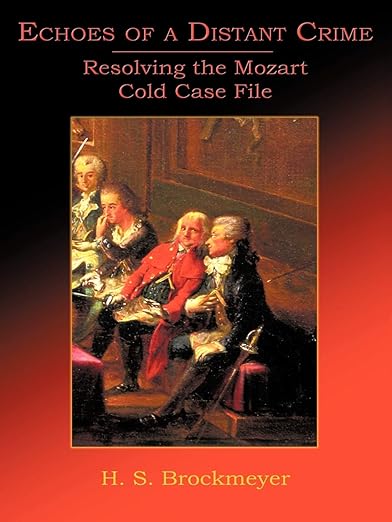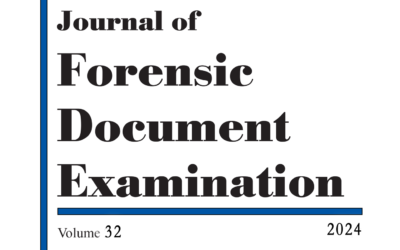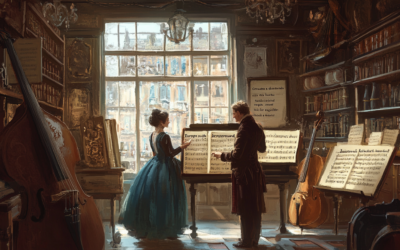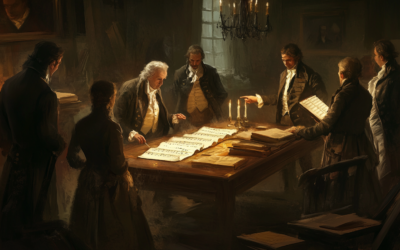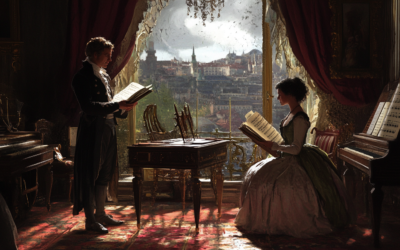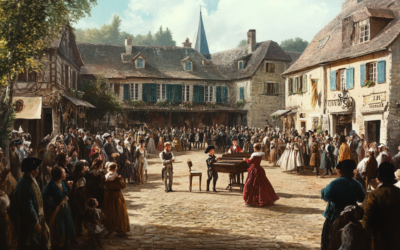Mozart’s Mysterious Letter of July 5, 1791
Unveiling the Truth Behind the Drawing
Mozartrazom is proud to present an extraordinary investigation by H. S. Brockmeyer into the puzzling discrepancies surrounding one of Mozart’s letters to his wife, dated July 5, 1791. What began as a routine request for an image reproduction from the Royal Danish Library turned into a riveting journey uncovering altered artwork, forgotten journals, and a glimpse into Mozart’s personal anxieties during his final year.
H. Brockmeyer’s meticulous research uncovers that the widely reproduced drawing associated with this letter is, in fact, a doctored version. Through detective work and historical cross-referencing, she reveals Mozart’s original, unembellished sketch—a rare insight into his psyche, marked by fears of persecution.
But the mystery doesn’t stop there. Why was Mozart’s original drawing altered? Who decided to modify it, and what does this reveal about how Mozart’s legacy has been shaped over the centuries?
H. Brockmeyer’s article is a must-read for anyone intrigued by Mozart’s life and the intersection of art and historical narrative.
“Mozart was a great musician, but not a great artist; still, there was no need to change his drawing.”
H. S. Brockmeyer
The Mystery of Mozart’s July 5, 1791 Letter
H. Brockmeyer delves into a captivating mystery surrounding one of Mozart’s letters to his wife, written on July 5, 1791. The investigation reveals discrepancies in the artwork associated with the letter and sheds light on Mozart’s personal anxieties and the legacy of his correspondence.
A Search for the Original Letter
The inquiry began with a request to reproduce the drawing associated with the July 5 letter, widely reproduced in collections like The Letters of Mozart & His Family. Directed to the Royal Danish Library, H. Brockmeyer learned that the letter was part of the Boye family donation, likely originating from Constanze Mozart’s time in Denmark. However, the letter did not include the drawing being sought, raising questions about its authenticity.
The Role of the Royal Danish Library
Thanks to the efforts of librarian Laura Søvsø Thomasen, the original drawing was discovered in an 1890 Danish literary journal, Literatur Og Kritik. This journal featured three letters from Mozart, including the July 5 letter with the original sketch. The discovery offered a side-by-side comparison of Mozart’s original drawing and a more “artistic” version that had replaced it in modern reproductions.
Mozart’s Original Drawing vs. the Altered Version
The two drawings differ significantly. Mozart’s original is simplistic and raw, while the altered version attempts to make it appear more polished. The article suggests this modification reflects a deliberate effort to enhance Mozart’s legacy, perhaps to mask his lack of artistic skill in visual arts. Both drawings, however, reveal a similar emotional tone—Mozart’s fear of persecution in his final year.
Historical Context and Legacy
The altered drawing adds to the broader narrative of how Mozart’s legacy has been shaped posthumously. Constanze, known for gifting Mozart-related items, may have played a role in disseminating the letters. Furthermore, the enigmatic tone of Mozart’s correspondence during 1791 is highlighted, referencing his sense of rejection and precarious circumstances.
Conclusion
H. Brockmeyer’s article not only uncovers a significant discrepancy in Mozart scholarship but also raises questions about how historical figures are curated for posterity. The discovery of the original drawing brings us closer to understanding Mozart as a person—flawed, anxious, and yet profoundly human.
You May Also Like
Unveiling the Truth Behind Mozart’s Thematic Catalogue
Anna Trombetta, Professor Martin W. B. Jarvis from Charles Darwin University, and Luca Bianchini, have published a peer-reviewed article titled Unveiling a New Sophisticated Ink Analysis Technique, and Digital Image Processing: A Forensic Examination of Mozart’s Thematic Catalogue. This research, which underwent an extensive double-blind peer review, has appeared in a journal that serves as a global reference point for forensic document examiners and court specialists.
The Deceptive Nature of Mozart’s Catalogue
The Thematic Catalogue traditionally credited to Mozart is fraught with inaccuracies, suggesting that many of his famous works might not be his at all. This prompts a necessary reevaluation of Mozart’s legacy and the authenticity of his compositions.
The Mozart Myth Unveiled: A Deeper Look
Mozart’s legacy is far from the untarnished narrative of genius that history would have us believe. The web of deceit woven around his name by those closest to him, including his own widow, reveals a much darker story.
The Other Side of Mozart’s Legacy
Explore the untold story of Mozart, where myth and reality collide. Our critical examination of his life and works reveals a legacy shaped by profit, myth-making, and misattribution. Join us in uncovering the truth behind the man and his music.
The Deception Surrounding Mozart’s Legacy
Anton Eberl’s confrontation with Constanze in 1798 exposed a web of deceit surrounding Mozart’s legacy, revealing that several of his compositions were falsely attributed to the late composer. This chapter uncovers the ethical dilemmas and controversies that have marred the posthumous reputation of one of history’s most celebrated musicians.
Leopold’s Invisible Hand
Behind the glittering performances of young Wolfgang and Nannerl Mozart lay the meticulous guidance of their father, Leopold. Often considered a mere teacher, Leopold’s role in composing and shaping their early musical successes has been largely overlooked. Was the child prodigy truly a genius, or was it Leopold who orchestrated his son’s rise to fame?

